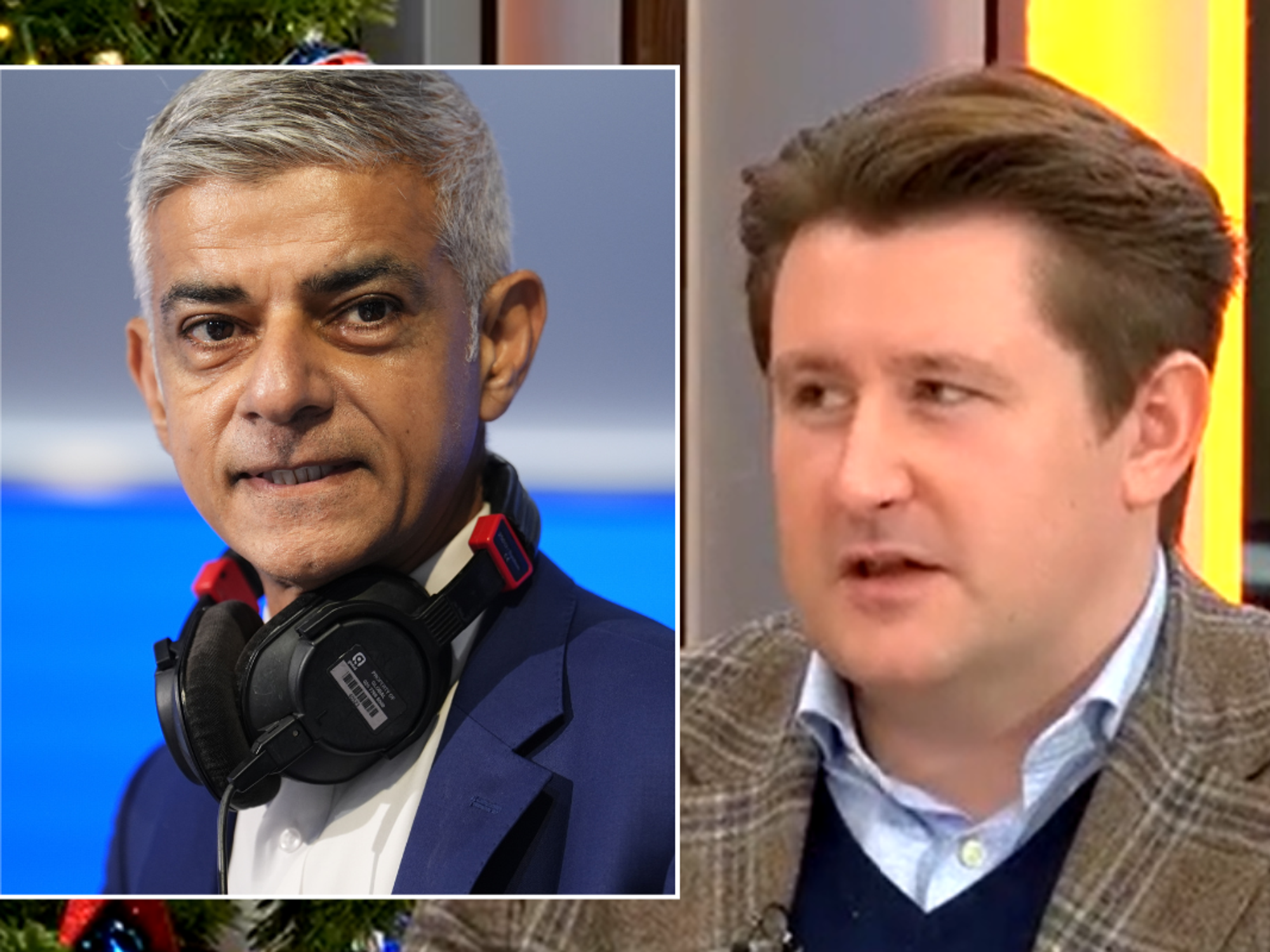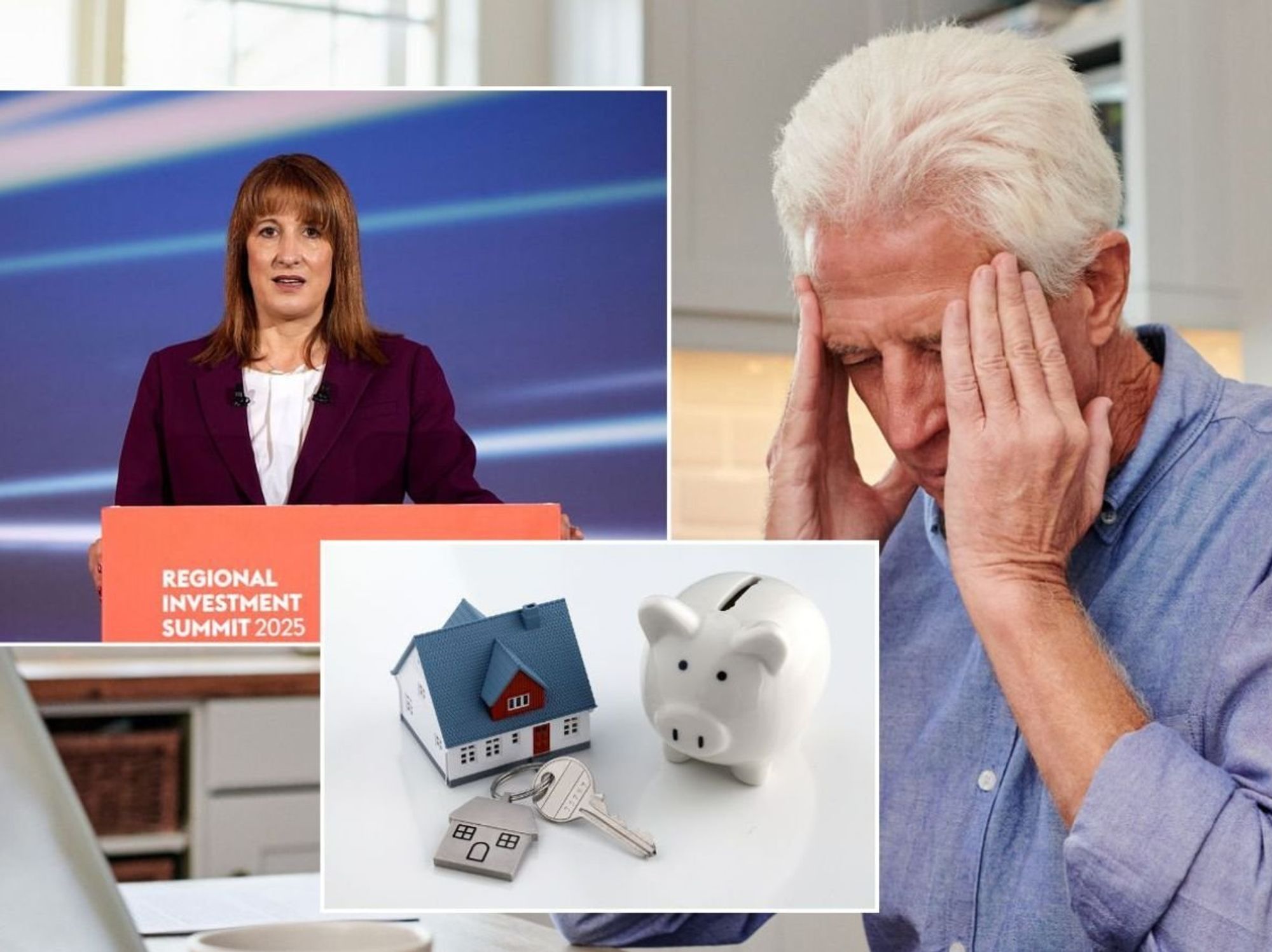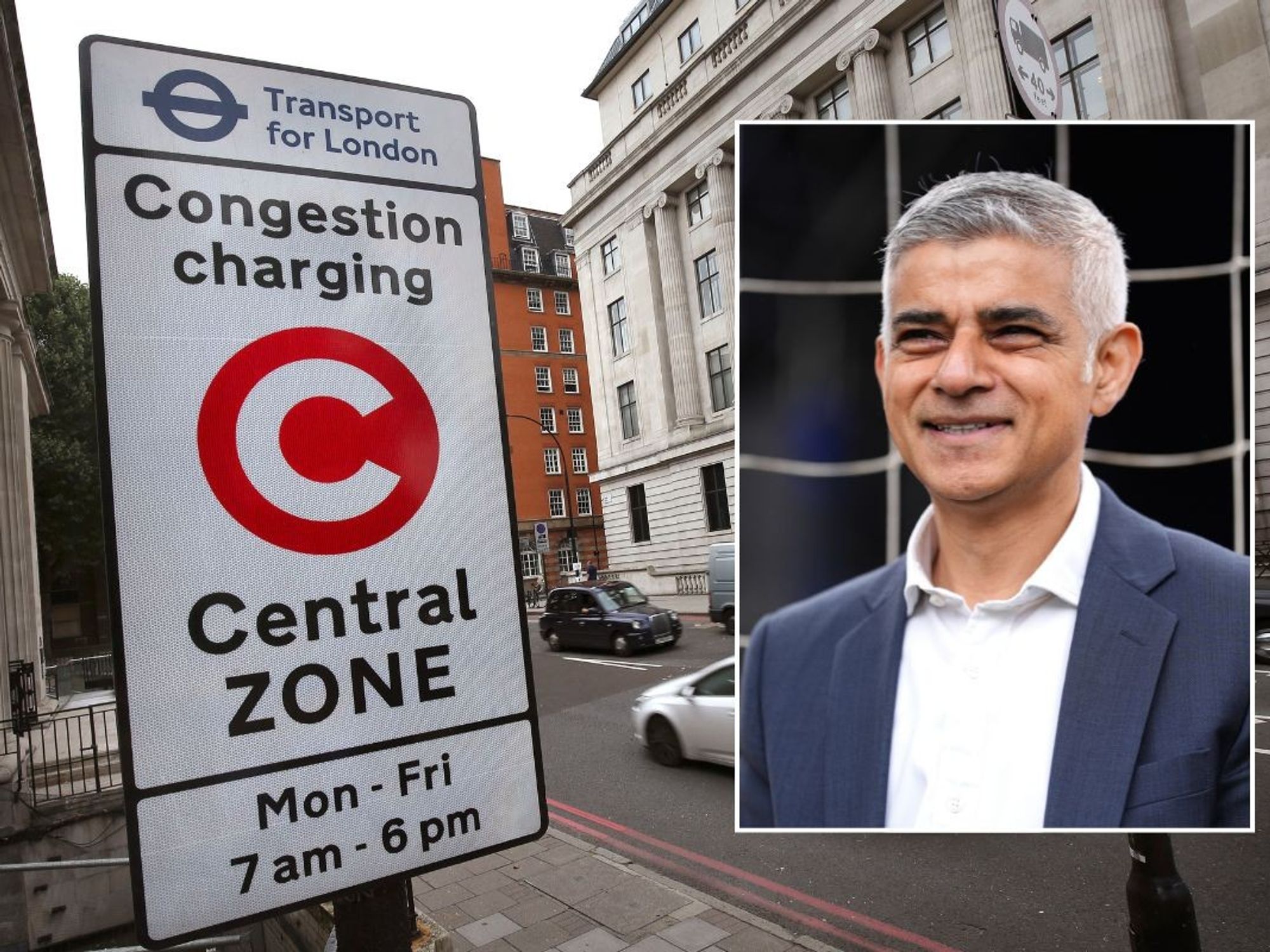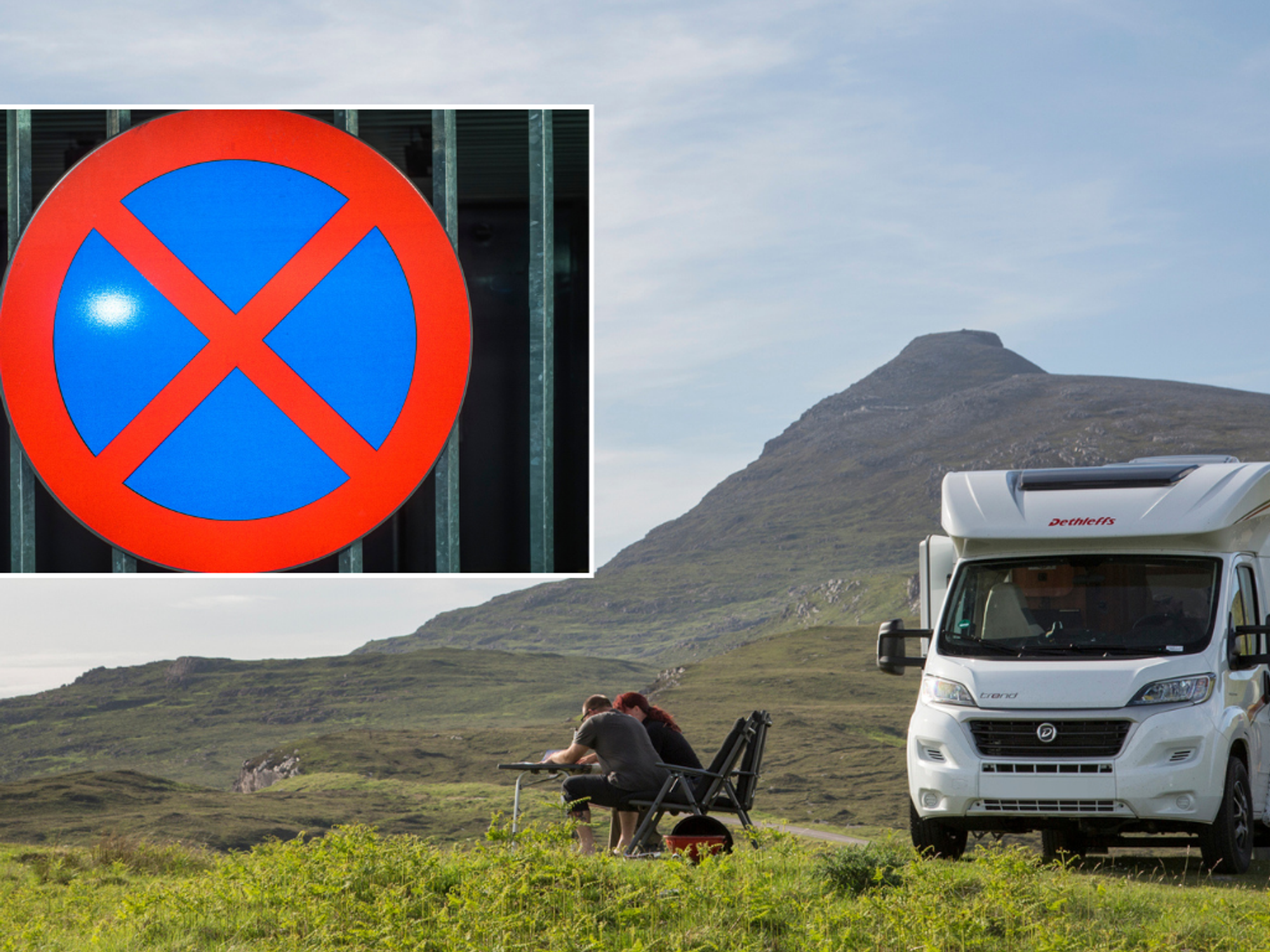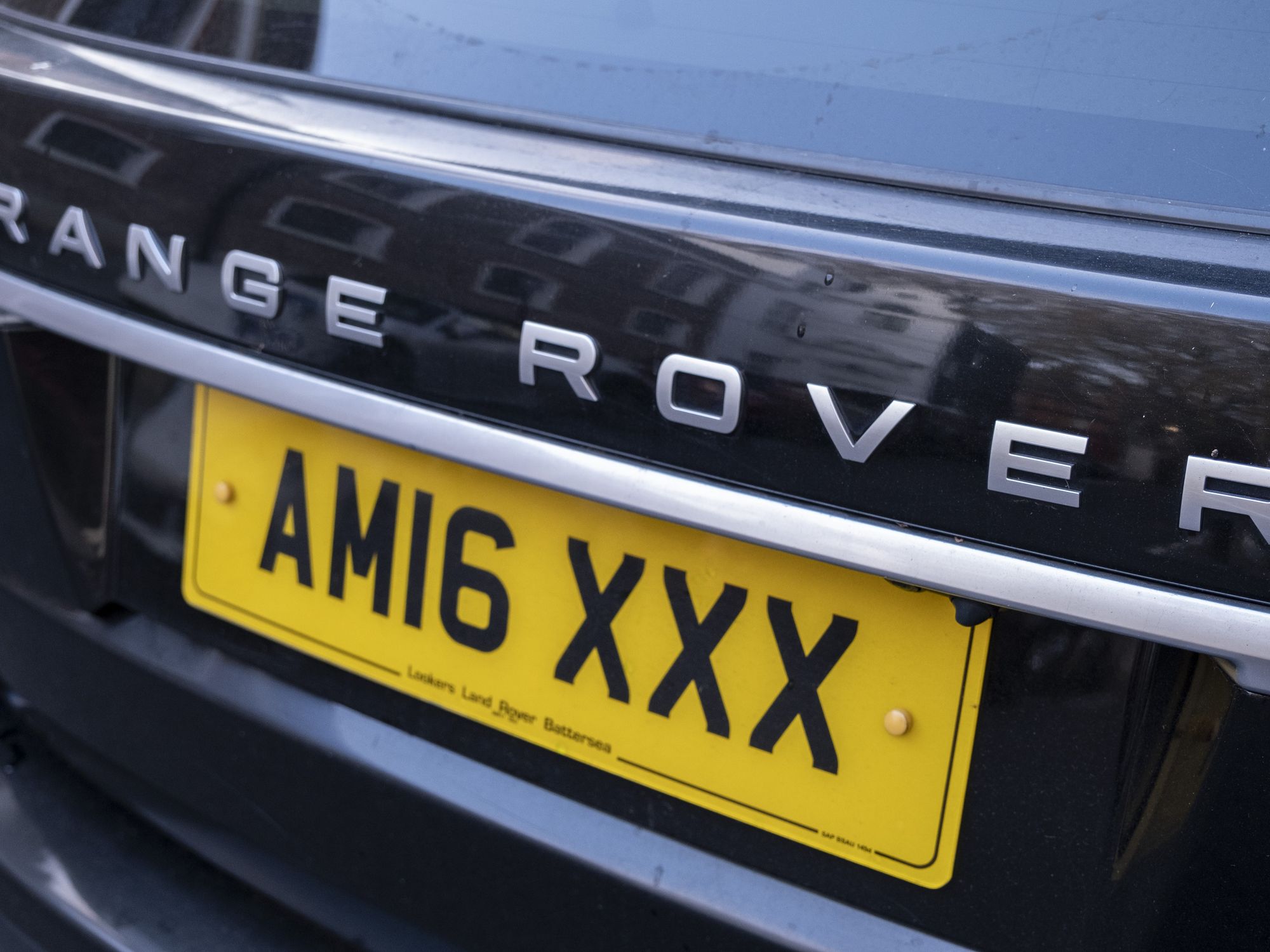Royal Mail stamps: How to spot a 'counterfeit' stamp
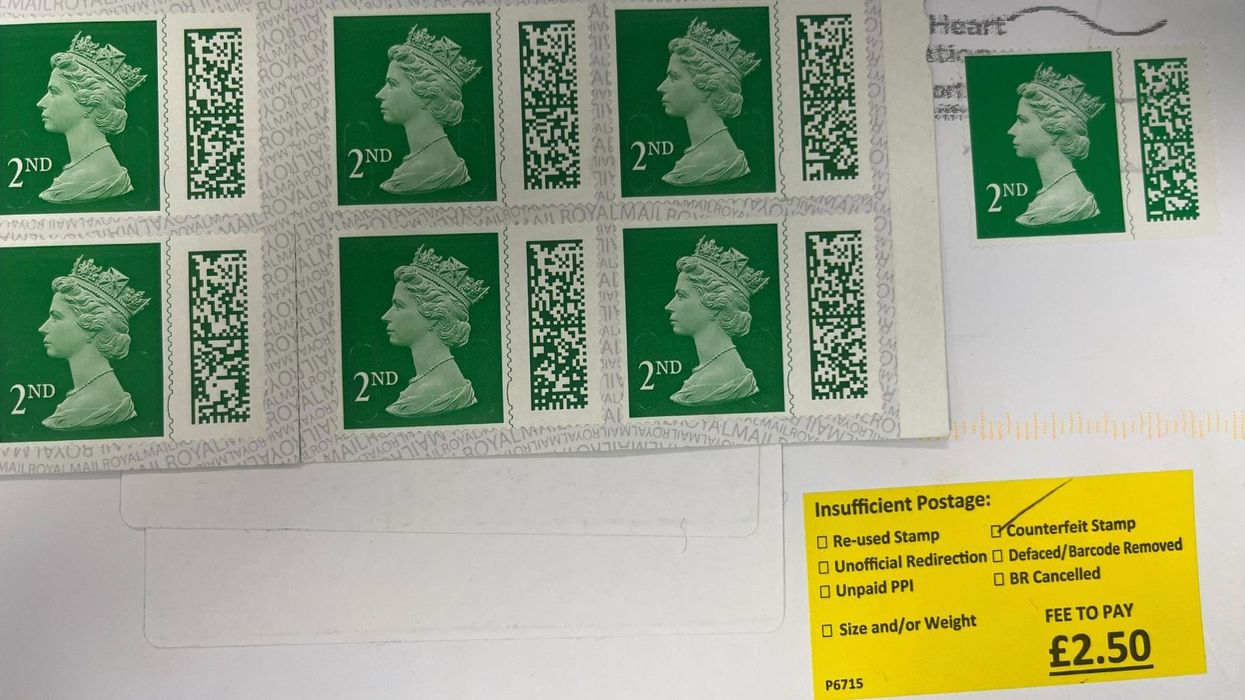
The stamps on the right are genuine but the stamps on the left are counterfeit
|GB NEWS

Britons have been charged with a £5 penalty for their post due to “counterfeit” stamps, despite being bought from reputable places such as Post Office, a GB News investigation has found
Don't Miss
Most Read
Royal Mail has announced they are working hard to remove counterfeit stamps which are seeing innocent people slapped with an unfair penalty charge.
GB News has seen examples of fake stamps which have been bought from well-known online marketplaces.
Four suppliers in China have been identified offering to print up to one million counterfeit Royal Mail stamps weekly, according to The Telegraph.
These fake stamps have been unwittingly bought by smaller retailers who, unlike the Post Office, are not required to buy stamps directly from Royal Mail.
These suppliers can buy from wholesalers in bulk and buy stamps from online retailers such as Amazon and eBay.
As more and more people are being hit with £5 penalty charge for stamps bought at the Post Office, Royal Mail has issued guidance on their website on how to spot a counterfeit stamp.
Have you been affected by this issue? Get in touch by emailing money@gbnews.uk.
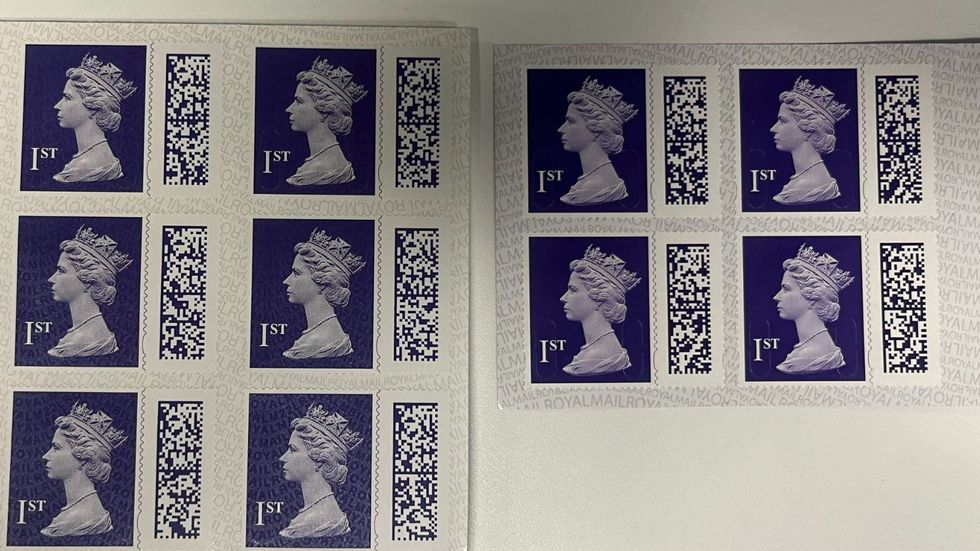
The stamps on the right are genuine but the stamps on the left are counterfeit
|GB News
Royal Mail says it has taken down more than 300 suspicious listings for stamps online in the past year including some sold on Amazon and eBay.
Counterfeit stamps vary in quality and type, so it may make them difficult to identify.
However, there are a few characteristics that people may be able to use to help them make a judgement.
Cost less than the official Royal Mail prices
Royal Mail 1st Class stamps cost £1.35 for letters and 85p for 2nd Class stamp letters.
If a retailer is offering a stamp for less than this, it is likely to be a counterfeit stamp.
An unusually shiny surface
If the stamp appears to be very shiny, it can be a sign the stamp has been printed on different paper which would indicate a counterfeit.
Britons can hold their stamp up to a light and see how the light reflects off the stamp.
By doing this, Britons should be able to see the Royal Mail lettering which should run over the stamp in a wave-like pattern.
Security ovals on each side of the stamp are missing or uneven
Britons should check the security oval in the bottom right corner of the stamp to make sure the top of the oval is cut at the top of King Charles’ nape, just below where his hair ends.
Royal Mail introduced barcoded stamps in 2022 in an effort to stop forgeries, with two security ovals as the new security feature.
Unusual colourings
Those who have purchased a book of stamps should make sure it has the FSC logo and pay attention to the colour of it.
Royal Mail introduced the new purple colour scheme for first class stamps when they introduced barcoded stamps in 2022. It is the only postal service using this colour stamp.
Britons should check to ensure the barcode colour and the stamp both match.
Some counterfeits may show the FSC logo and the barcode next to it also purple. However, on a genuine book of stamps these will be turquoise.
Other ways to check for counterfeit stamps:
- Uneven borders
- Stamps may be stuck on to what appears to be greaseproof paper
- Sheets of stamps other than 25, 50, 100. Majority of the stamps sold by Royal Mail are in these quantities. Counterfeit stamps are often sold in quantities of 55, 66, 99
Criminal organisations have “upped their game” at producing forgeries, a stamp expert has said.
Ian Billings, a stamp expert with more than 60 years of experience, told The Telegraph: “It was much easier before the barcoded stamps were introduced because [counterfeits] had so many errors but they are very good now.
“Every aspect of what these forgeries have got are better than they used to be.”
Last week, GB News revealed Royal Mail had admitted it had branded a genuine stamp as “counterfeit”.
LATEST DEVELOPMENTS:
In a letter to the customer, Royal Mail’s Senior Public Affairs Manager Michael Hogg, said: “The stamp has been re-checked by our Revenue and Protection team and confirmed to be genuine.
“Royal Mail had therefore been wrong to apply the surcharge and I am very sorry that our actions have failed you on this occasion.”
A Royal Mail spokesperson said: “Royal Mail takes the illegal production of counterfeit stamps seriously. Since the introduction of barcoded stamps we have been able to significantly reduce stamp fraud through added security features.
"Every barcode is unique which allows us to identify whether a stamp is genuine or not, and whether they have been previously used.
WATCH NOW: GB News discusses 'counterfeit' stamps
“We want our customers to buy stamps with confidence. We strongly recommend that customers only purchase stamps from Post Offices and other reputable High Street retailers, and not to buy stamps online – unless from the official Royal Mail shop.
"Our website provides customers with guidance on how to spot counterfeit or used stamps and we urge customers to report any suspicious stamps to Royal Mail via our website at Report a Stamp Fraud so that we can investigate.
“We are working hard to remove counterfeit stamps from circulation. We regularly monitor to detect suspicious activity, such as sales of heavily discounted stamps and work closely with retailers and law enforcement agencies to identify those who produce counterfeit stamps.
“We have a robust, multistage process in place when assessing whether stamps are genuine. This includes a thorough examination using specialist equipment, then a follow up inspection by a skilled member of the team before any stamp is marked as counterfeit or pre-used.”






